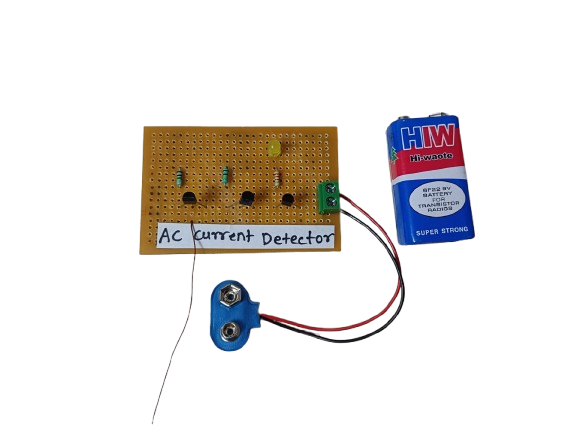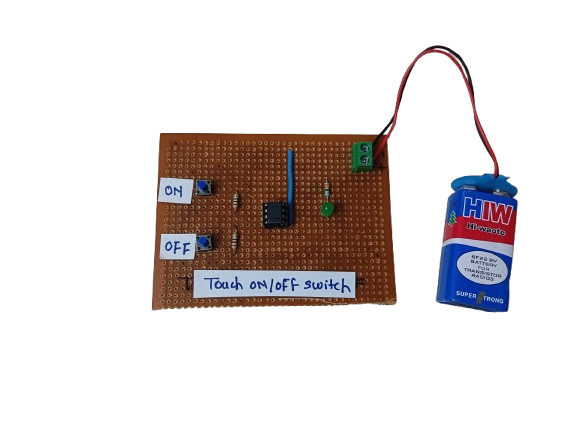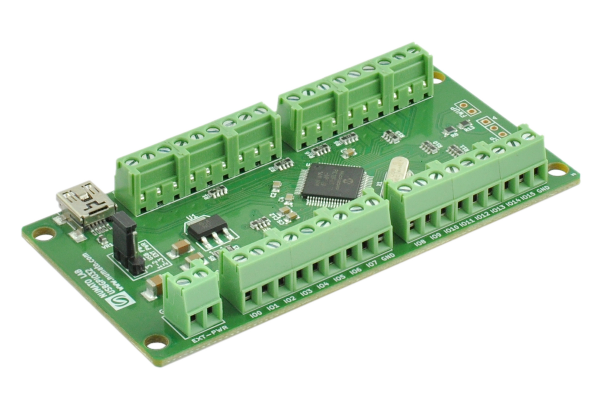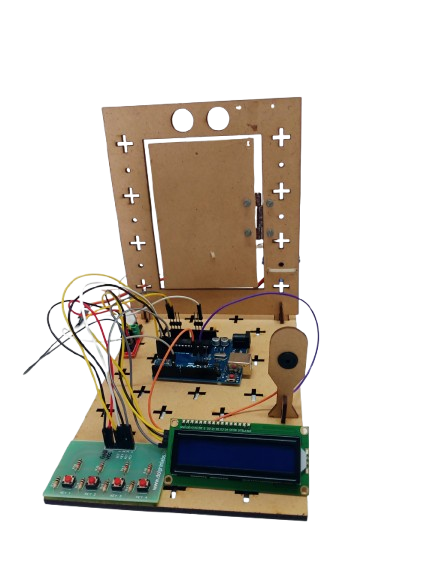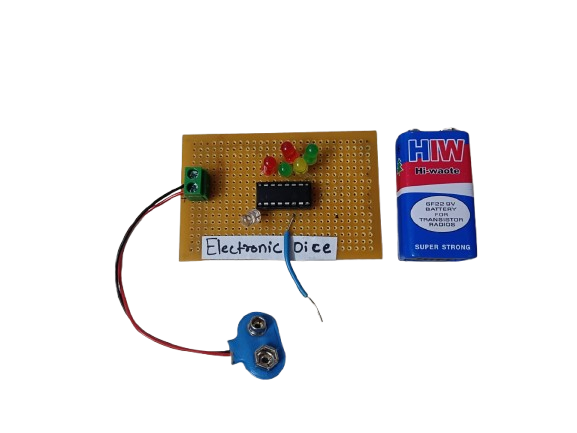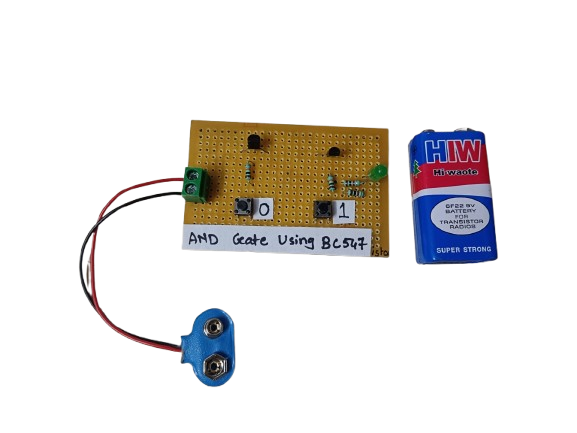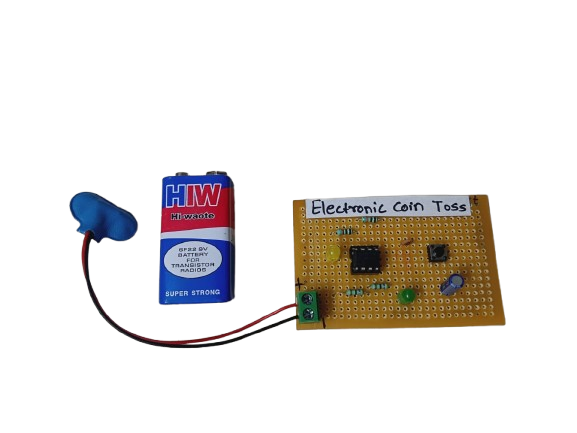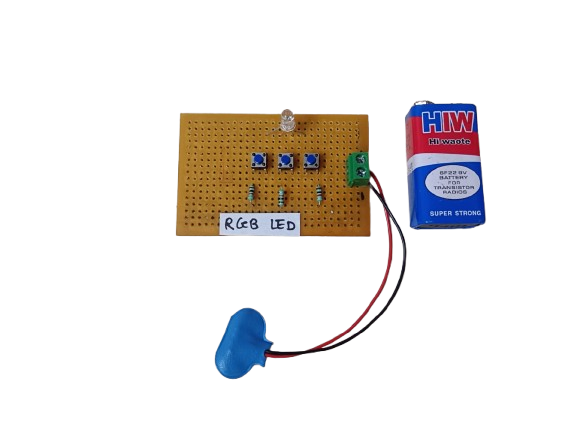Heartbeat Detector
₹450.00
In StockA heartbeat detector is an essential device for monitoring heart health, providing real-time data about a person’s pulse rate. Whether in a hospital, gym, or a DIY electronics project, it demonstrates how biomedical signals can be measured and processed using sensors and electronics. It’s a valuable tool for both personal health awareness and professional medical diagnostics.
Description
A heartbeat detector is a biomedical instrument that plays a crucial role in health monitoring systems, used to measure a person’s pulse rate non-invasively. These devices are designed to detect the small physical or optical changes in the body caused by the rhythmic contraction and expansion of the heart.
The most common method uses a pulse sensor with a photoplethysmography (PPG) principle:
- An infrared (IR) LED shines light into the skin.
- A photodetector (photodiode or phototransistor) measures how much light is absorbed or reflected, which changes with blood volume.
- Each pulse causes a small fluctuation in the signal, which is processed using filters and amplifiers to detect heartbeats.
Other methods use piezo sensors that detect pressure changes in the arteries, or even ECG electrodes for higher accuracy.
Heartbeat detectors can be standalone devices or part of larger systems, such as fitness trackers, smartwatches, or patient monitoring systems.
-
A Touch ON/OFF Switch is an electronic circuit that allows a device to be turned on or off by simply touching a sensor pad or wire, instead of using a mechanical switch. It works by detecting a small electrical signal from the human body (capacitive or resistive touch) and using that to toggle the output state.
These switches are commonly used in modern electronics, home automation, and DIY projects due to their durability, aesthetic appeal, and user-friendly operation.
₹150.00 -
A Digital Lock System is an electronic security project designed to control access using a password entered via a keypad. It utilizes an Arduino, keypad, LCD, servo motor, and buzzer to provide a safe, automated locking mechanism. When the correct password is entered, the lock opens; if the wrong password is entered, an alert is triggered. This project is widely used in home security, lockers, safes, and access-controlled systems.





